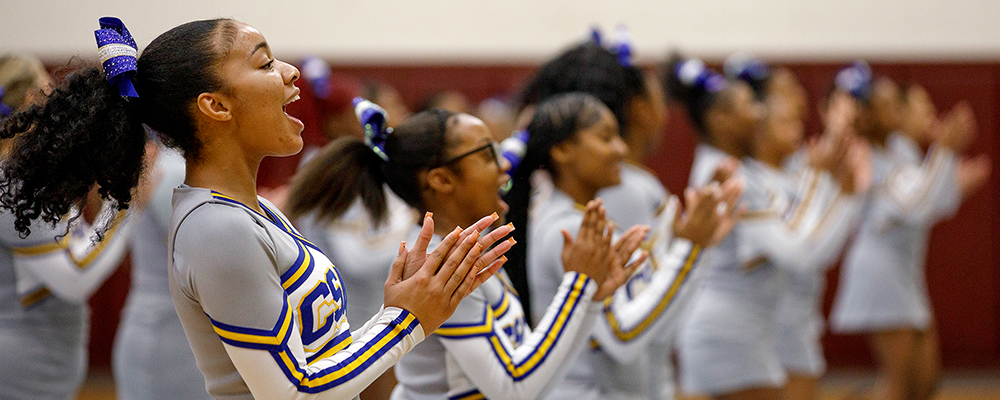
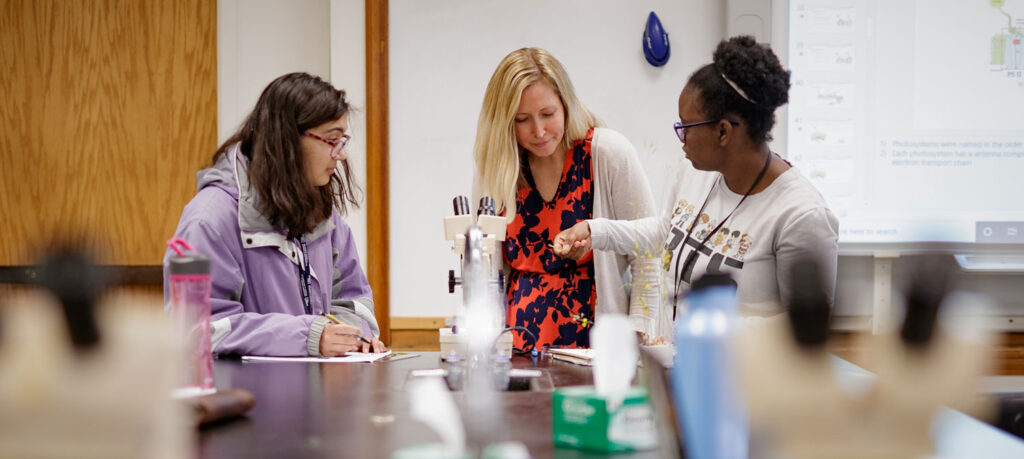
By Maggie Malson
Recognized as a top 1% U.S. high school and named “#1 Best Public High School” in the state by niche.com, the Oklahoma School of Science and Mathematics has proven itself a valuable educational asset.
Since 1992, OSSM has graduated more than 1,900 high school students, with 85% of them maintaining a career in a STEM field after their post-secondary education and 60% remaining in or returning to Oklahoma.
“An emphasis on math and science is the direction the world is taking. If we want to maintain our leadership position in the world, we must have well-prepared scientists, mathematicians, computer scientists, doctors, engineers and more,” says Edna Manning, interim president of OSSM. “It’s essential to national security and the gross production of what we do in this country. So much is based on technology. It takes good understanding of mathematics and science to make that technology possible.”
OSSM provides free public education with an emphasis on rigorous course work in math and science as well as humanities to qualifying juniors and seniors. Students from all 77 counties of the state have attended OSSM, which is located in Oklahoma City on a 32-acre campus. Regional centers scattered throughout the state also offer an option to rural students who want to complete more advanced classes while also staying at their home high school.
“There are good rural schools all over the state, but because of attendance numbers or financing, they can’t always offer some of the advanced courses we can or – due to the teacher shortage our nation is experiencing – they may not be able to fill positions for physics or chemistry teachers in the smaller districts,” Manning explains. “We’re an option for some of the very bright young people in our state who have an interest in science and math and have grown up in a rural community.”
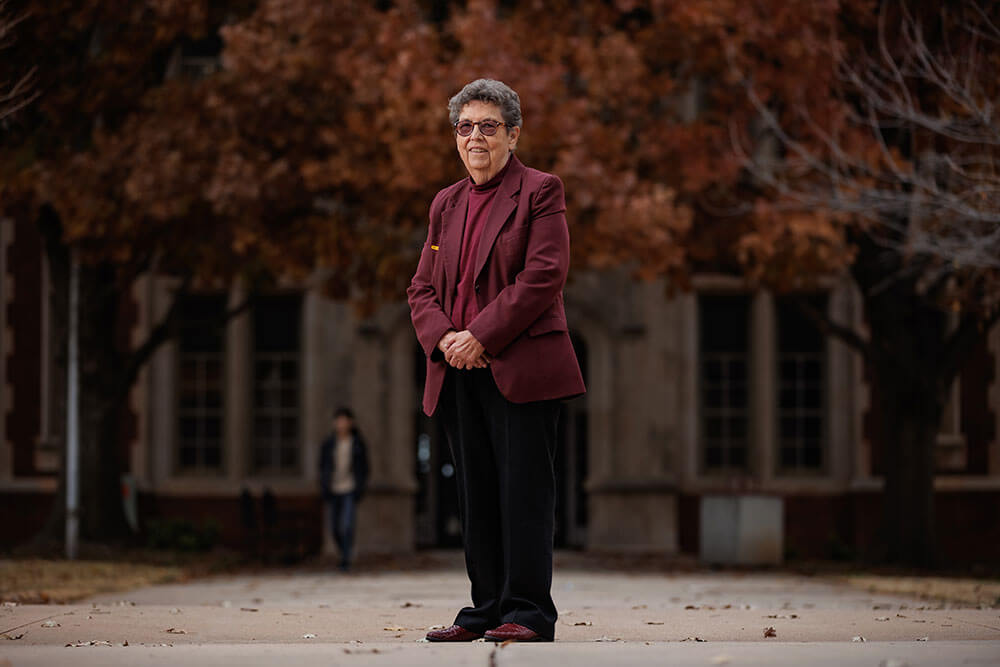
OSSM funding comes from the state, but it also relies on generous donations from individuals, foundations and corporations to offer a residential, college-like experience to its students.
“The Noble Foundation was one of the early contributors when the school was founded,” says Manning, who became the first employee and president of the school in 1988, serving in that role for 25 years. “They understood the need for more well-prepared scientists and their impact on the future of the state. What the Noble Foundation does is so vital to the scientific community, as well as to the welfare of the people.”
In its mission, the Noble Foundation supports charitable organizations that cultivate good health, support education and build stronger communities.
“OSSM fits two of those categories — supporting education and building stronger communities,” says Stacy Newman, Noble Foundation’s director of philanthropy. The Noble Foundation also supports Noble Research Institute, a 501(c)(3) organization.
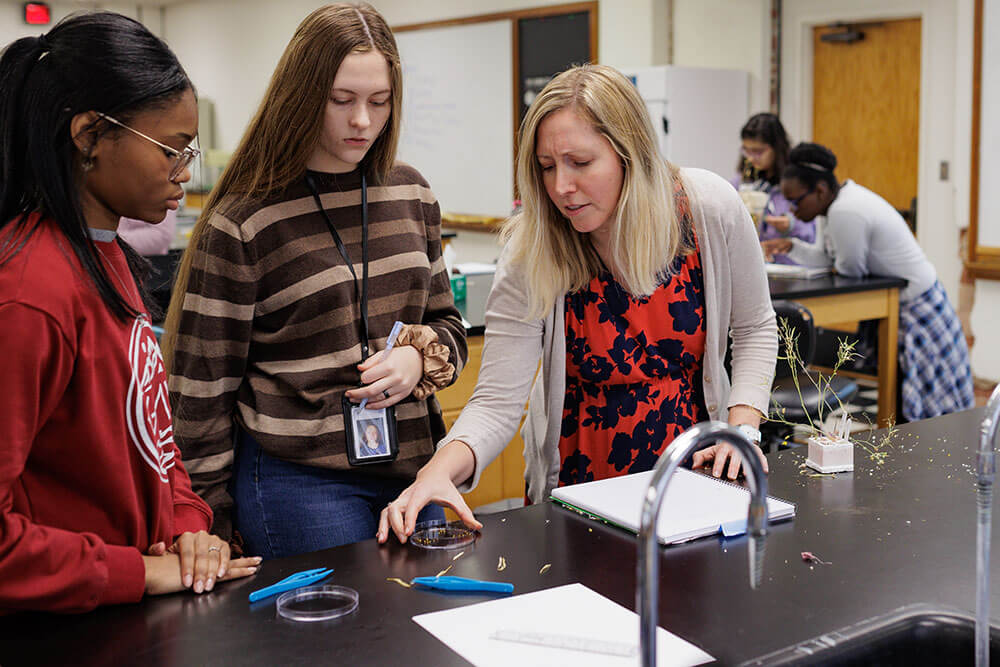
“Noble Research Institute assists farmers and ranchers as they regenerate the land in a profitable manner,” she adds. “We understand in order to continue the Institute’s mission and vision, we have to get students interested in math and science at a young age.”
OSSM provides a unique learning experience and fills a void. If, for example, students in a public or private school complete the highest level of math or science their school has to offer, they can apply to OSSM. Not only is OSSM free to Oklahoma residents, but it gives these students, who wish to excel further in math and science, courses that are taught at higher levels than in traditional public schools.
“In two years, we try to give students a solid background in mathematics and the sciences,” Manning says. “We require biology, physics and chemistry for every student. We try to set them on the path of being scholars and being successful people, not only because of their knowledge base, but also in their ability to learn.”
Since 1994, the Noble Foundation has granted $875,000 to OSSM. The funding contributed to the construction of buildings early on, providing teacher workshops and supplies, and in recent years, supplementing faculty salaries. The grant money helps OSSM retain a high-quality teaching staff, with 90% of the faculty holding doctorate degrees in their respective academic fields.
Amy Roberson, Ph.D. in cell biology, has been teaching at OSSM since 2011. Her classes include plant and soil science, microbiology, molecular and cellular biology, human biology, endocrinology, embryology and genetics.
“I worked closely with Noble Research Institute to develop a plant and soil science course to bring more agriculture into the classroom,” Roberson says. “Some of our students who have taken the plant and soil class go on to study environmental science, plant science or environmental engineering.”
Noble Foundation paid for her to attend a Curriculum for Agricultural Science Education Institute, which is a two-week summer course that provides hands-on labs and activities teachers can incorporate into their classrooms.
“We get students from diverse backgrounds, both from rural and urban areas,” she adds. “It makes it challenging as a teacher, but also creates a unique environment for learning and in-depth discussions. I probably learn from the students as much as they learn from me. These students are quick learners, ask tough questions and not only excel in math and science, but many are also talented writers, musicians and artists.”
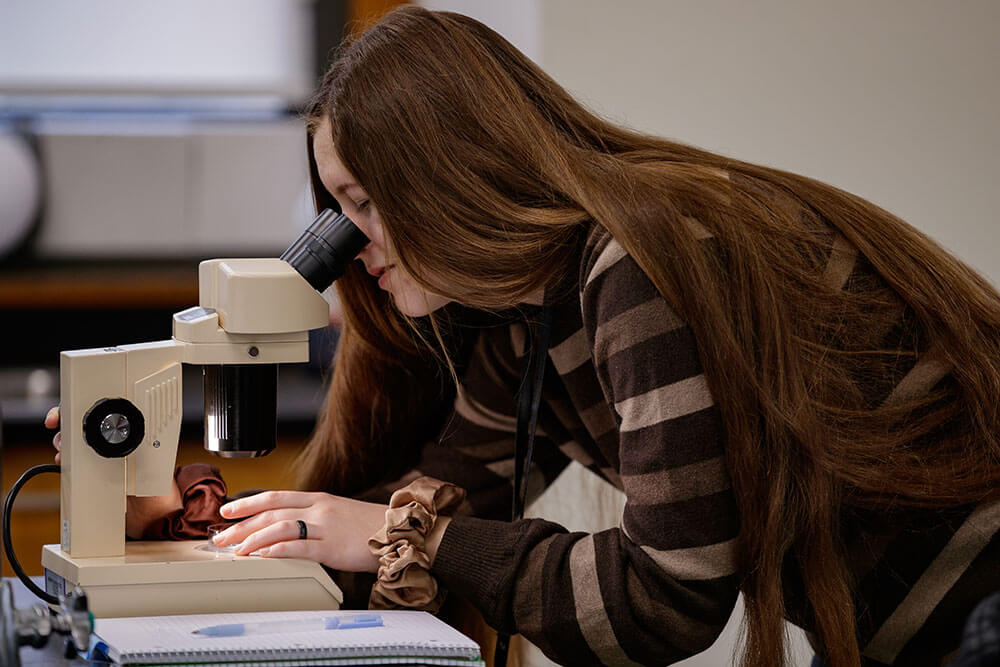
“The students who decide to come to OSSM are characterized by a greater desire to focus on academics, as well as having academic ambition,” Cornforth says. “They are here because they want to go to a Top 50 university and want to pursue a career in a STEM field that is lofty, interesting and lucrative. These students are highly motivated in their studies.”
Many of the students he teaches go on to pursue careers in the medical, engineering and computer science fields.
“OSSM provides transformational growth and positions students for a rewarding career,” Cornforth says. “It does more than increase their knowledge. They learn time and stress management, how to be disciplined and to live in a community with culturally, religiously and racially diverse people. It’s a whole element of character development and personal growth for our students on top of the academic gains they experience.”
Cornforth adds that they are maturing not only as students, but also as people.
“It’s rewarding and satisfying to see as a teacher,” he says. “Hopefully that growth doesn’t stop, but continues into college and their career.”“We know there are many bright, young people all over the state of Oklahoma,” Manning concludes. “We typically have about 140-150 students on campus, but our facilities were built to allow for up to 280 students. We are ready to grow and be able to reach more students.”
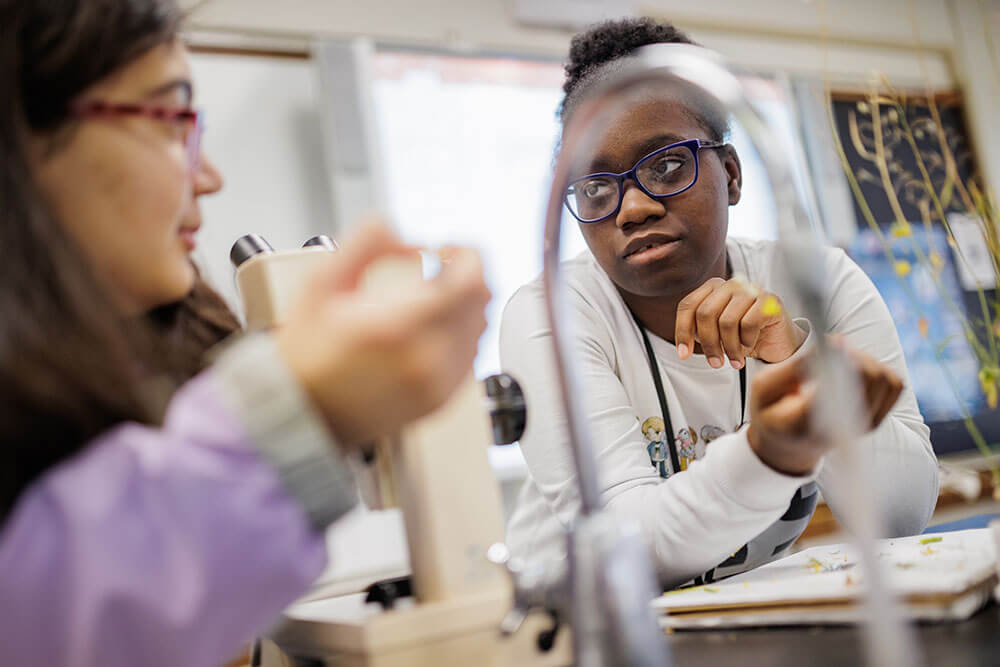
Stay up to date on all the ways the Noble Foundation is helping address agricultural challenges and supporting causes that cultivate good health, support education and build stronger communities.